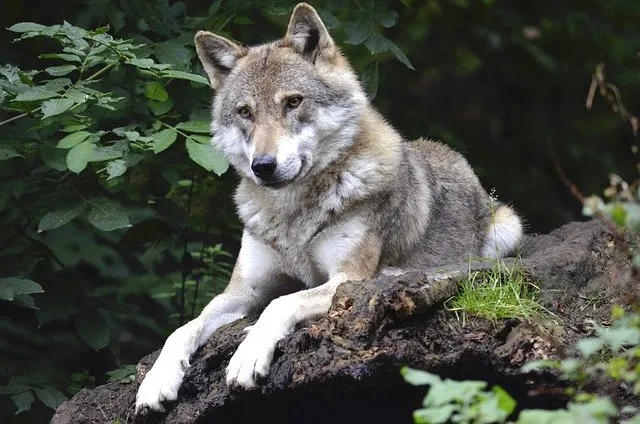
The Fascinating World of Animal Adaptations: How Animals Survive and Thrive in Their Environments
Animals have evolved over millions of years to adapt to their environments. From the deserts to the oceans, animals have developed unique characteristics that help them survive and thrive in their habitats. Let's take a closer look at some of the fascinating ways animals have adapted.
Camouflage
Many animals use camouflage to blend in with their surroundings and avoid detection by predators. For example, the chameleon can change its skin color to match the environment, making it almost invisible. The arctic fox, on the other hand, has white fur that helps it blend in with the snow.
Mimicry
Some animals mimic other animals to avoid being eaten. For example, the harmless scarlet king snake looks almost identical to the venomous coral snake, which predators avoid. The viceroy butterfly also mimics the monarch butterfly, which is poisonous to predators.
Hibernation
In harsh environments, animals may hibernate to conserve energy and survive the winter. For example, bears will hibernate for months, slowing down their metabolism and living off their stored body fat until spring.
Migration
Some animals migrate to find food, avoid harsh weather, or breed. For example, the monarch butterfly migrates from Canada to Mexico each year, while wildebeest in Africa migrate in search of fresh grass.
Specialized Body Parts
Animals have developed specialized body parts to help them survive in their environments. For example, the giraffe has a long neck to reach leaves high up in trees, while the kangaroo has powerful legs to hop quickly across the Australian outback.
Conclusion
The world of animal adaptations is truly fascinating. From camouflage to mimicry, hibernation to migration, and specialized body parts, animals have developed incredible ways to survive and thrive in their environments. It's a reminder that the natural world is full of wonder and complexity, and we still have much to learn from it.

All images are taken from the Pixabay.com